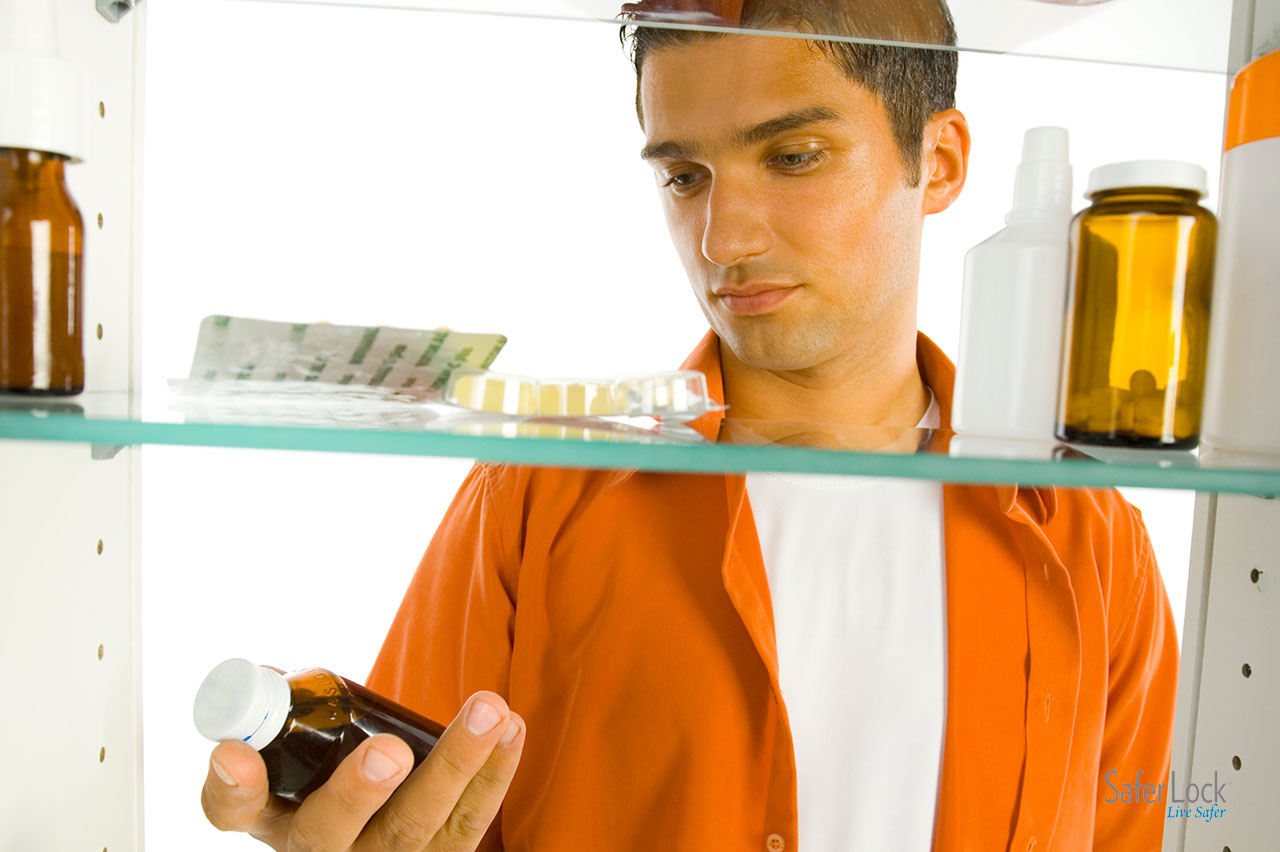Since California first passed the Compassionate Use Act in 1996, 23 states and Washington D.C. have approved marijuana for medical or recreational use. In California alone, 5% of adults have reported using medical marijuana to treat or relieve conditions such as chronic pain, arthritis, migraines, and cancer.
Whether it is for recreational or medicinal use, the amount of marijuana being legally sold to adults in the U.S. is on the rise. And with increased use comes an increased responsibility on behalf of users: keeping marijuana properly stored and out of the hands of minors.
Marijuana Legalization Leads to Increased Risk of Accidental Pot Poisoning
A Colorado middle-school student brought edible marijuana candies to school and shared them with friends. Some of the students did not know they were eating candy infused with pot. And this incident isn’t the only one.
- By May of 2015, nine children total has been admitted to Children’s Hospital Colorado for accidental marijuana ingestion, with seven of the nine ending up in the intensive-care unit. Most of the children were between 3- and 7-years old.
- In Washington state, 19 cases of child pot poisonings were reported in 2014, and 14 more cases were reported in 2015.
- The American Association of Poison Control Centers reports a 610% increase in child pot poisoning for children 5 years and younger from 2006 to now.
- In Colorado, the first state to legalize recreational marijuana, specific packaging laws state that retail marijuana must be sold in opaque, child-resistant packaging. But packaging laws haven’t stopped accidents from happening.
Americans for Safe Access (ASA) is an advocacy organization who recommends medical marijuana patients be very intentional and responsible about medical marijuana use with regards to children.
“Keep all medical marijuana out of plain sight, ideally in clearly labeled medicinal jars and with other prescription medications, in a place that children cannot access,” recommends Americans for Safe Access.
Just like a prescription drug, child-resistant packaging is not enough to keep curious children out of marijuana. And like prescription pills, a locking storage solution can be the difference between responsible use and an accidental child poisoning
Weed Storage Ideas
Treating marijuana like other prescription medications can help reduce the risk of accidental pot poisoning in young children. Locking weed storage containers and combination caps can both be an effective option for securing medical or recreational marijuana.
Weed Storage Containers
Locking containers to store cannabis are available in various sizes, and typically use a lock-and-key system to secure marijuana. A locking medical bag is a popular choice, as well. Lock-and-key containers can effectively keep marijuana out of the hands of children, as long as they cannot find the key.
Locking Prescription Boxes and Caps
A combination locking cap or storage box/safe can be an effective way to secure marijuana, as well as prescription medications. Unlike a child-resistant cap which can be opened by anyone, a locking cap acts like a combination lock. A personal, four-digit code is selected by the user and the cap can only be opened with that four-digit code. This helps securely lock up medications, including weed, from small children, older children, teens, or even other adults.
The fancy “stashbox” that many marijuana users have relied on to store their pot in the past won’t keep their weed out of the hands of children. Today, responsible marijuana users know they need to lock up their weed to keep it secure to help keep their children safe. Locking weed storage containers and combination caps are key to responsible use of marijuana, medically and recreationally.




